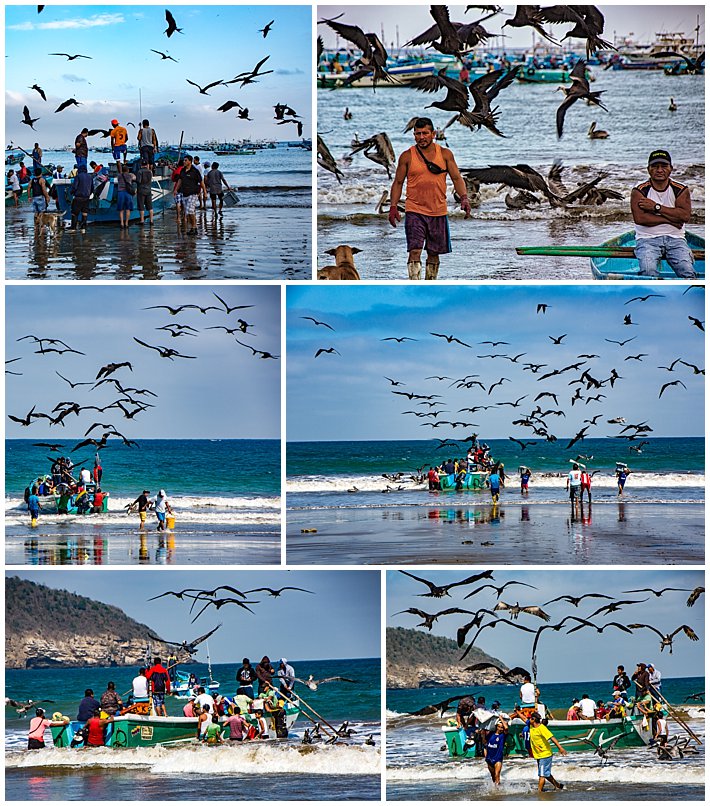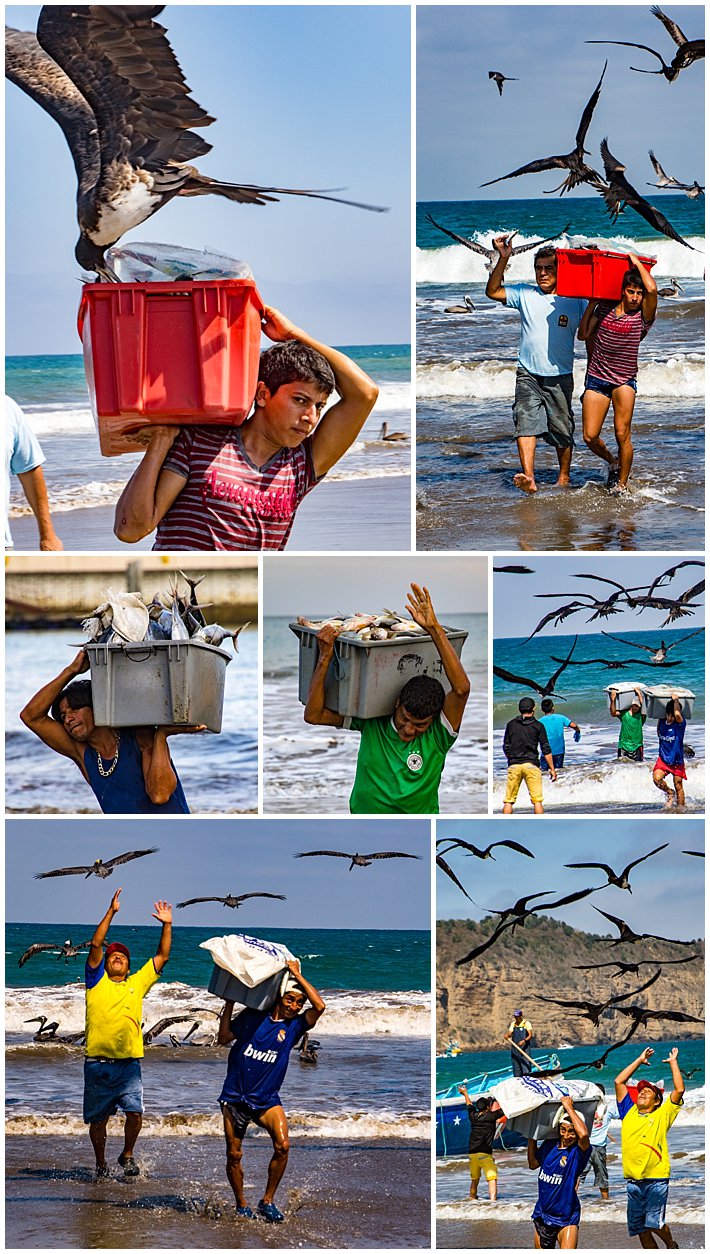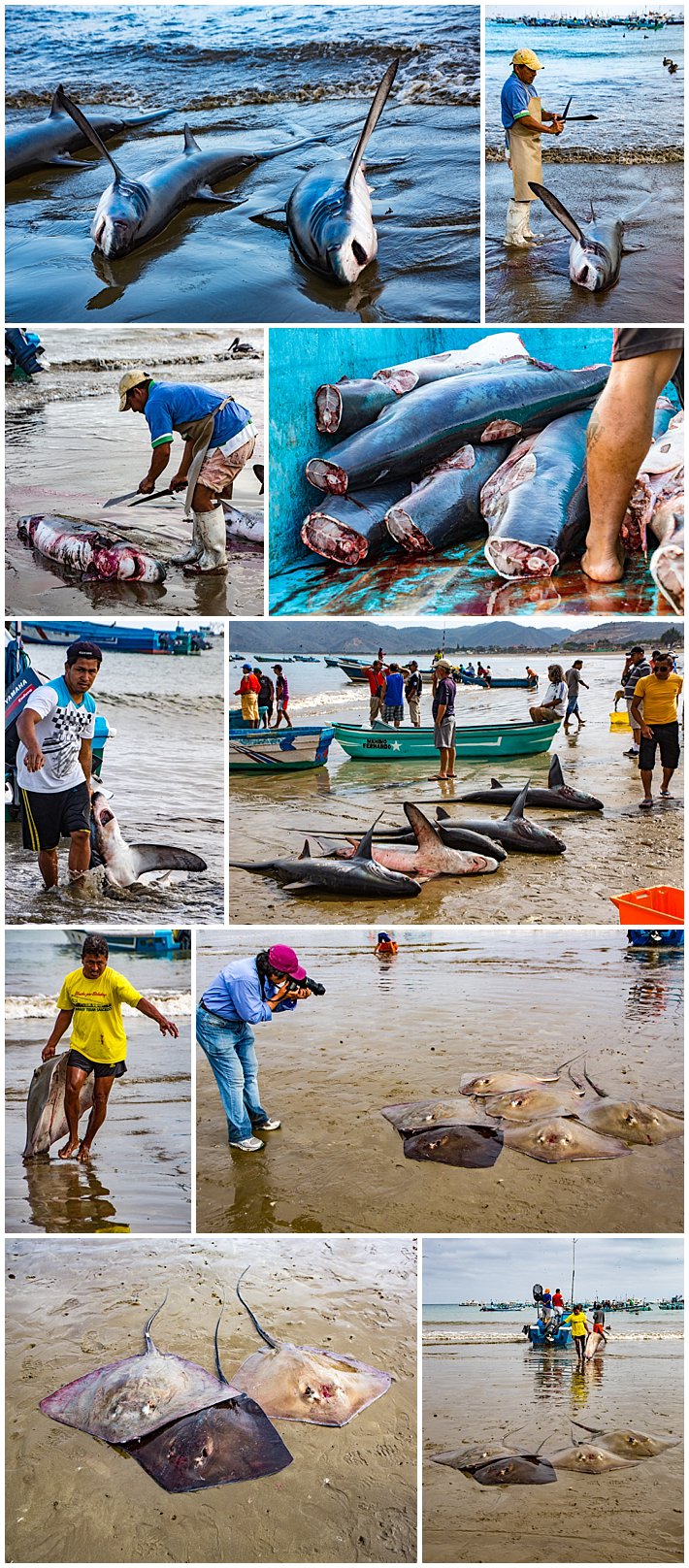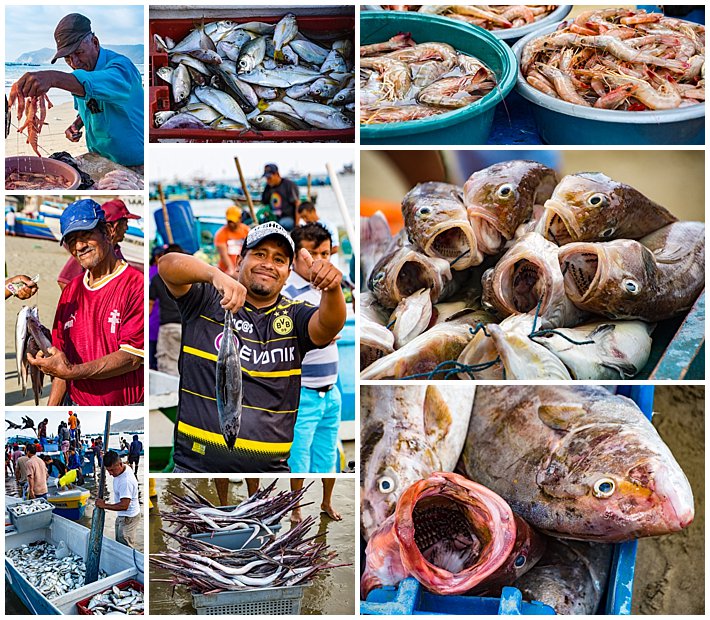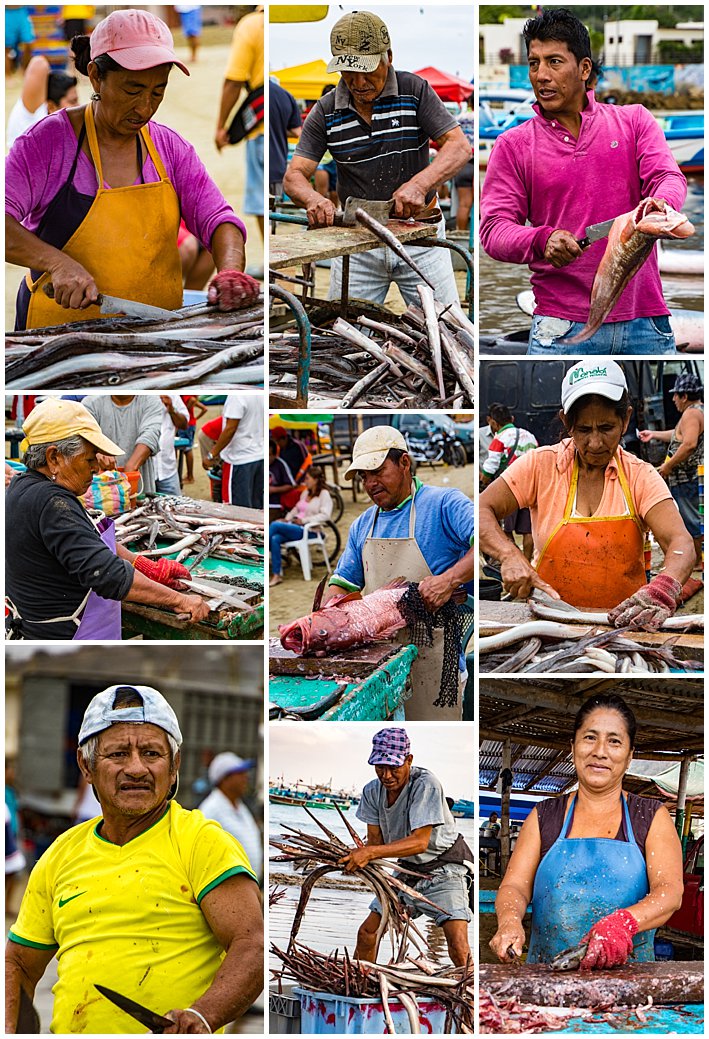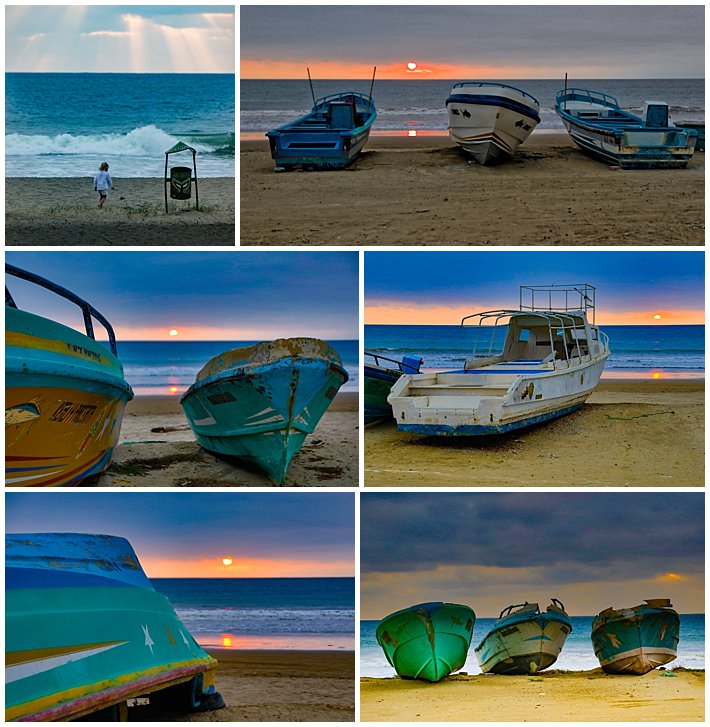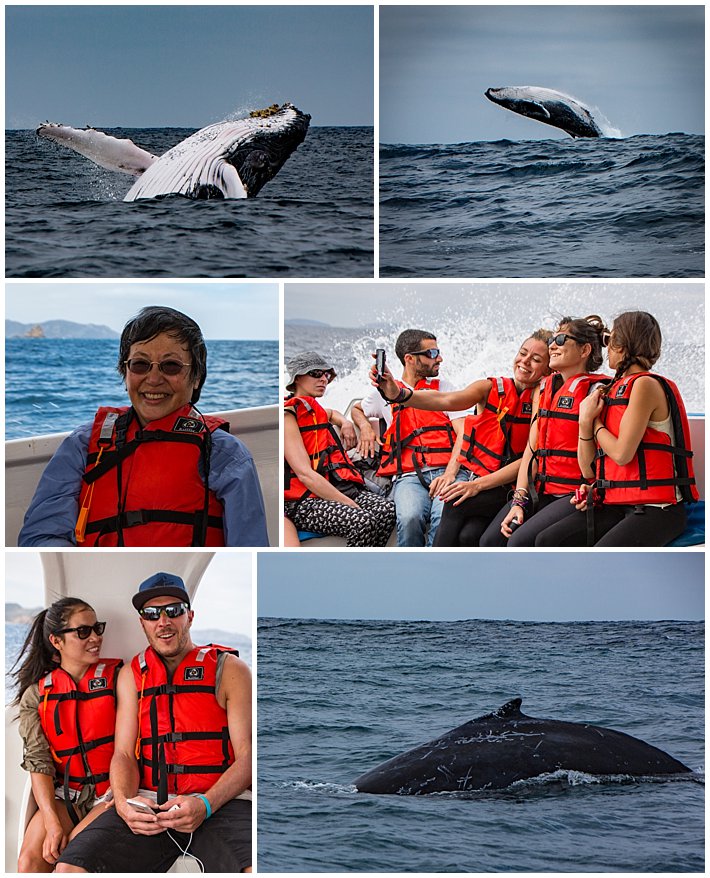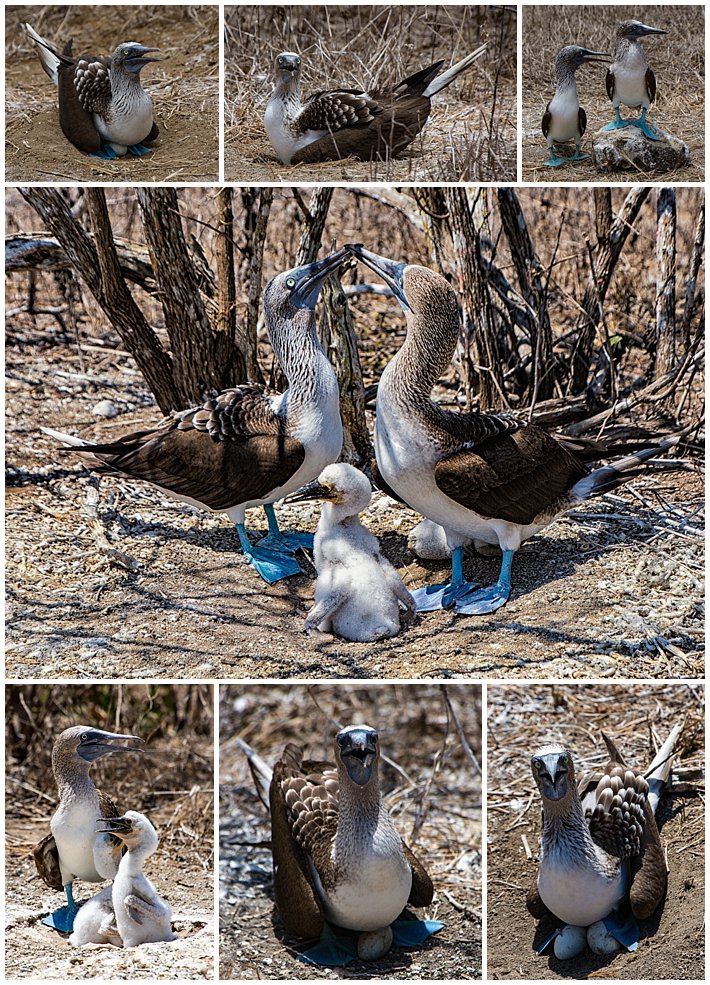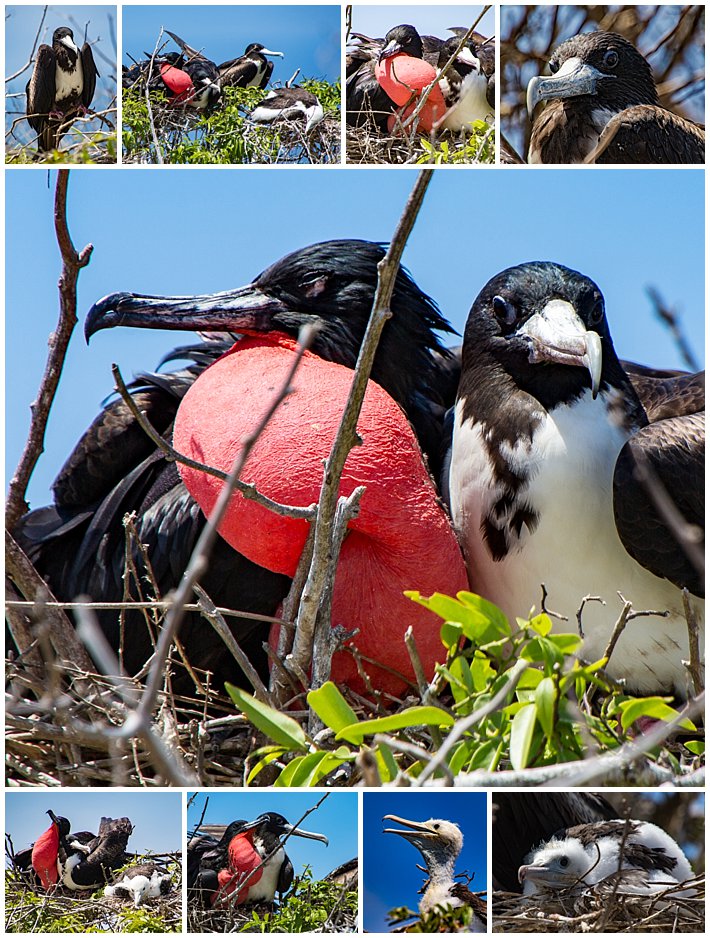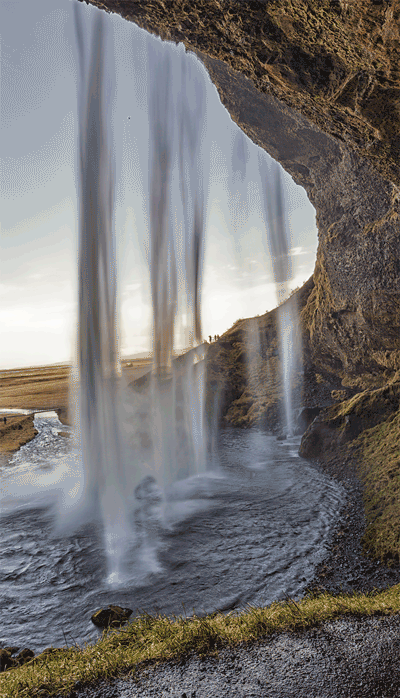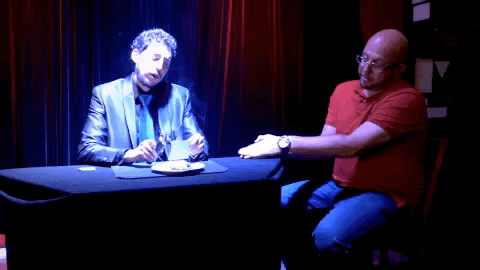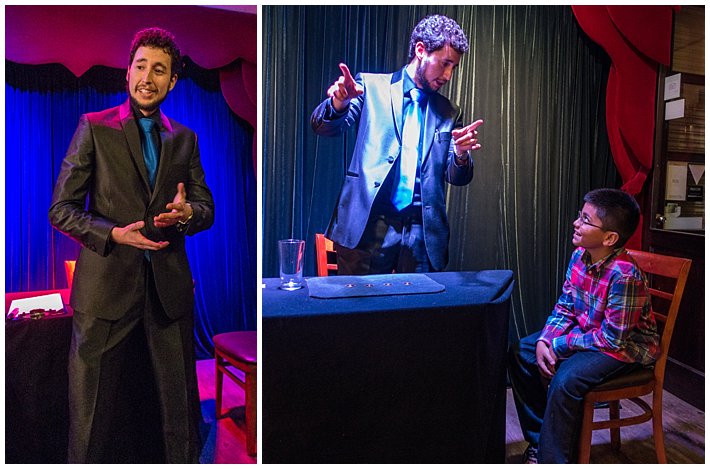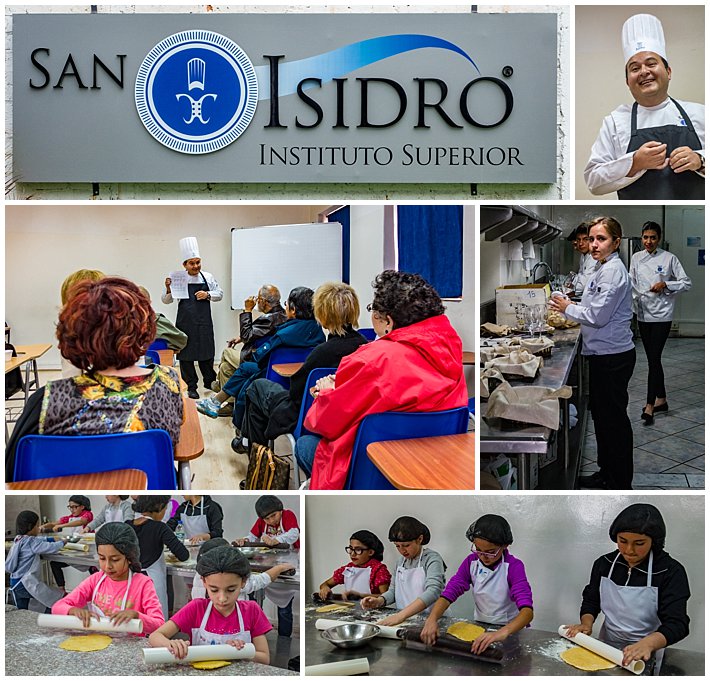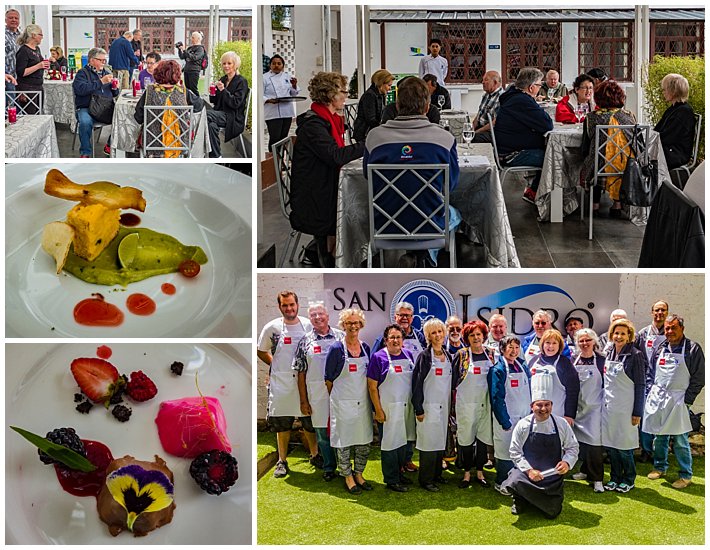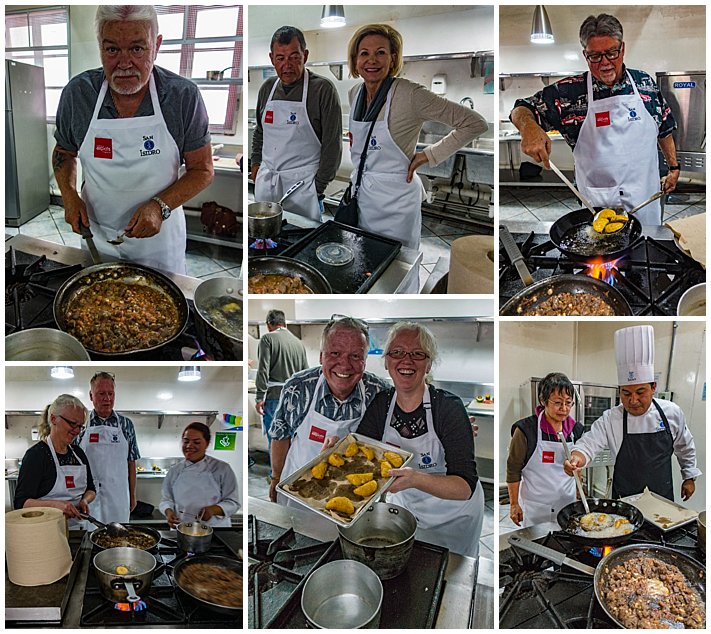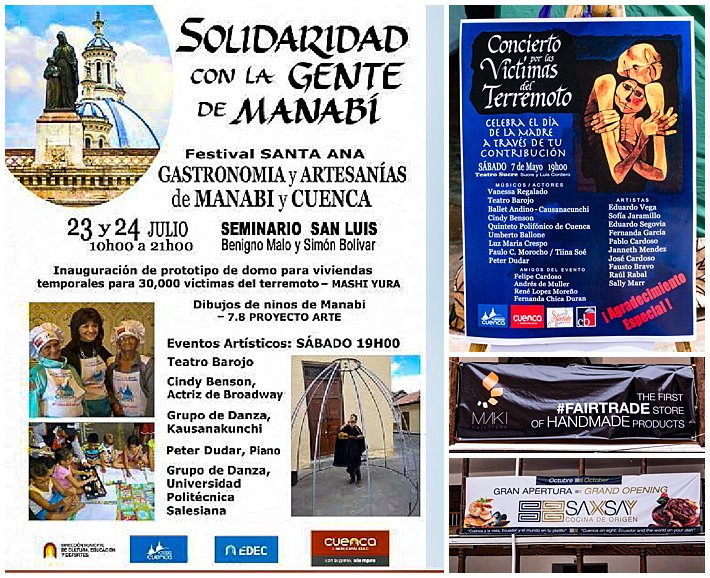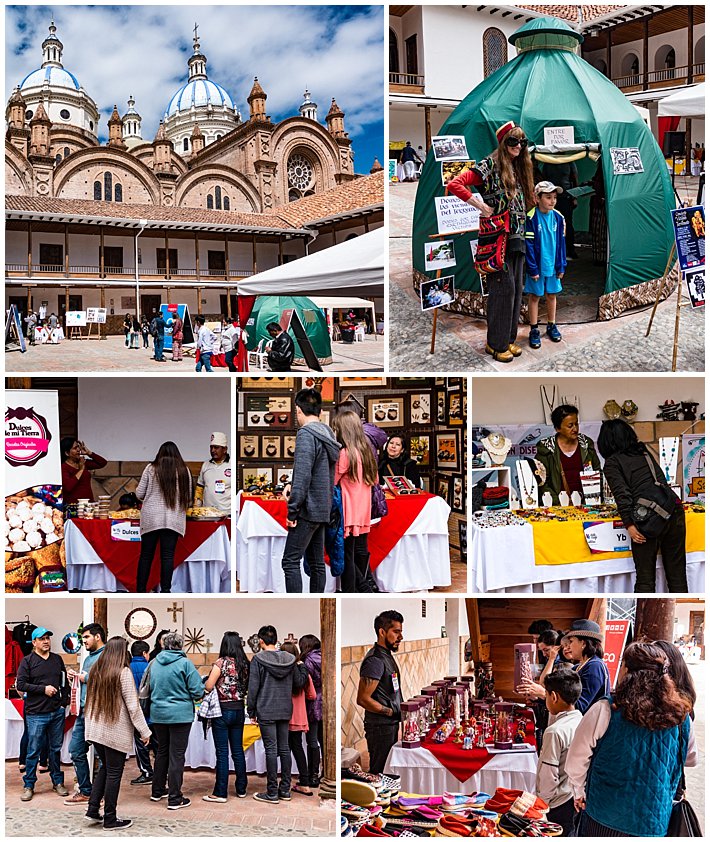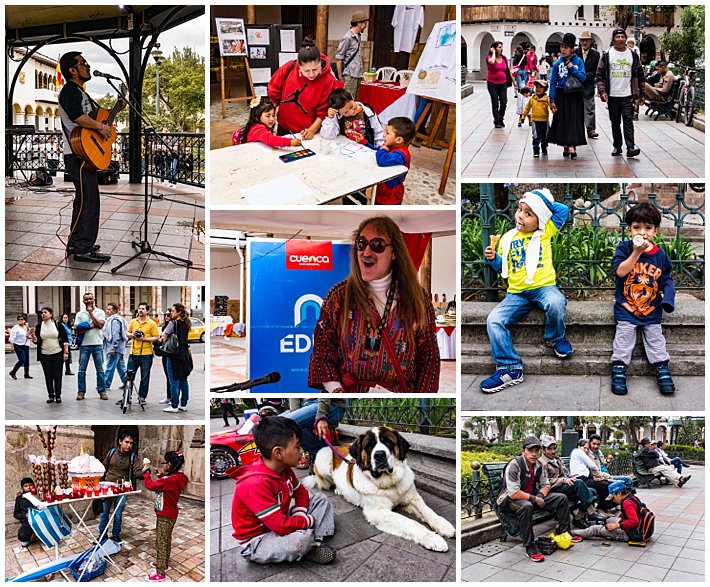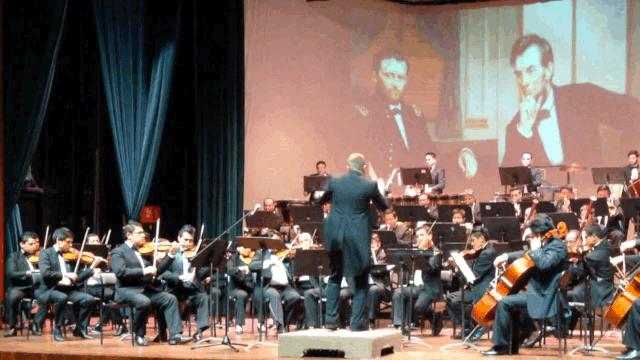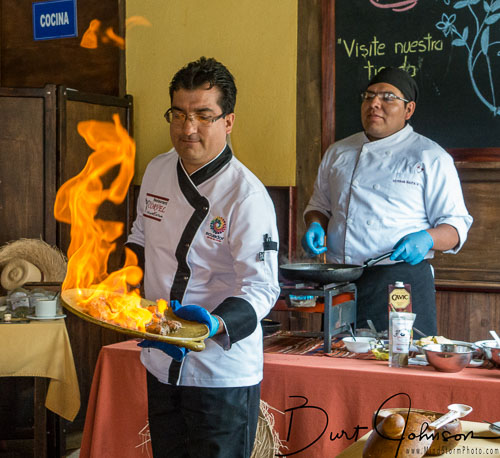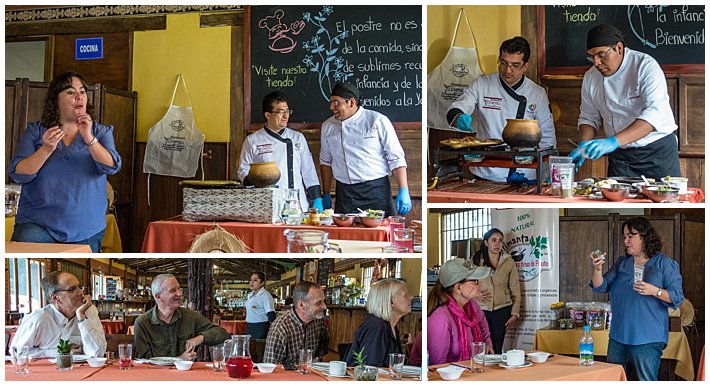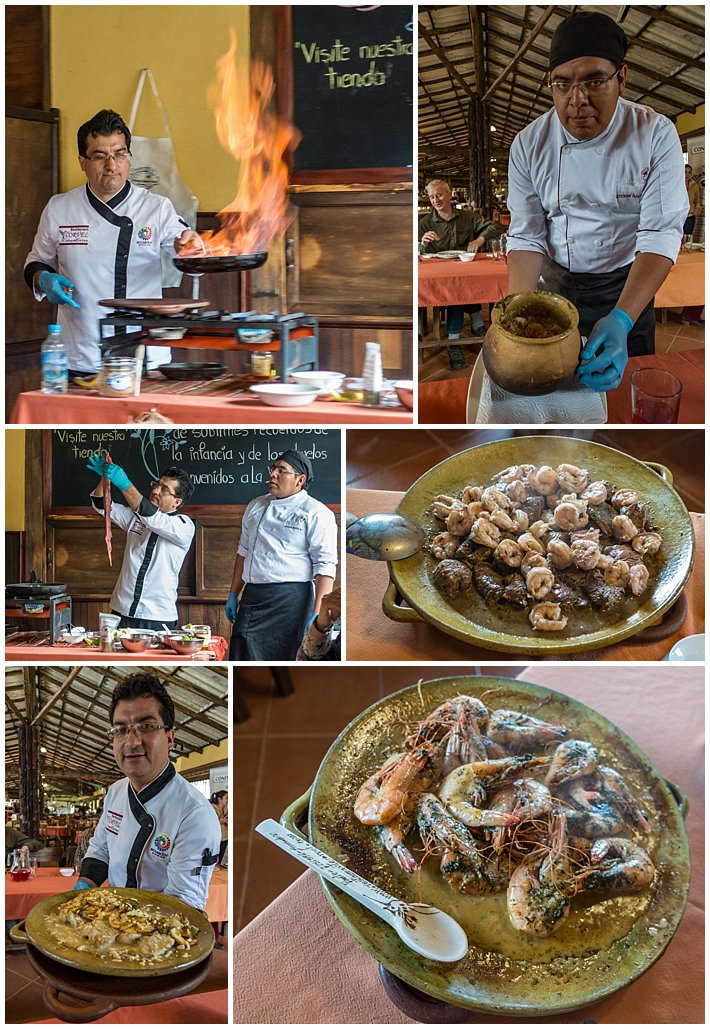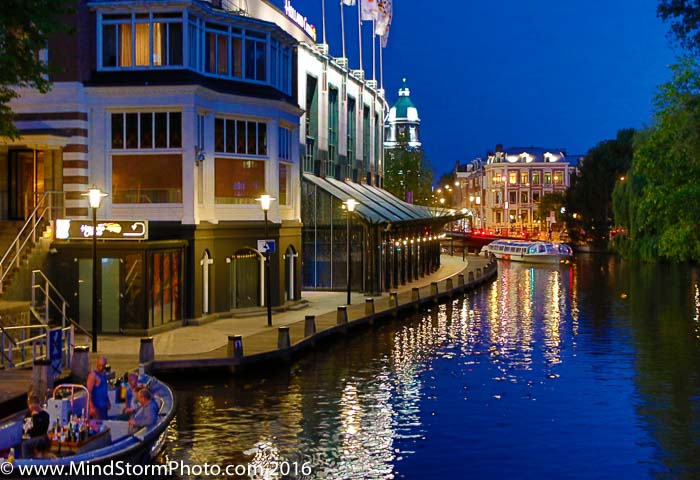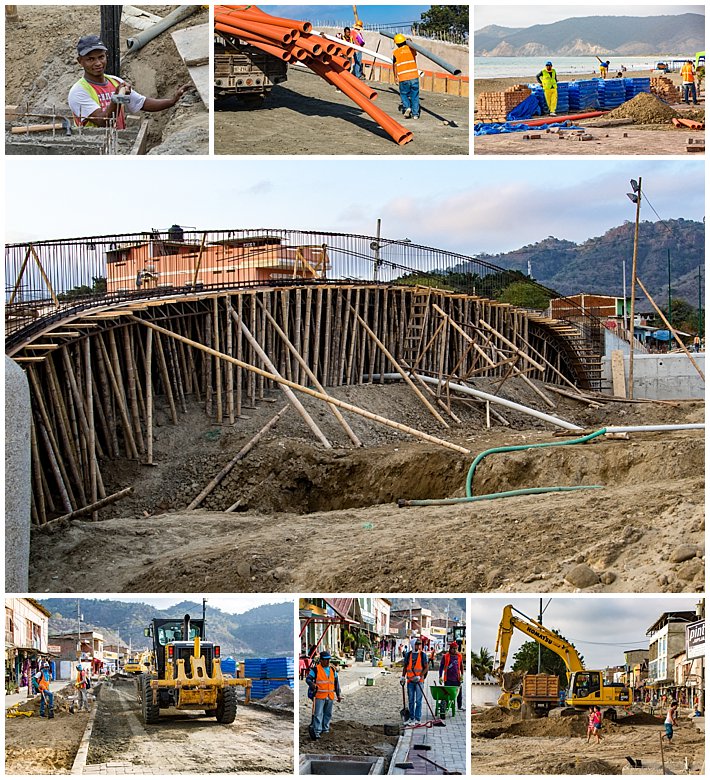
The last two days, I have described our trip to Puerto Lopez, first with the whales and then with the fishermen. I will wrap up describing the trip with other images of interest from our four day trip to the coast.
The malecón on Puerto Lopez has been under construction for a couple years. Work stopped for nearly a year when the government ran out of money (largely due to the drop in oil prices — what is good for the American consumer can sometimes hurt developing countries like Ecuador). Everything is back in full swing though, and there were crews working along the entire stretch of unfinished work. As a side note, the remaining construction is all a fair distance from Hostería Mandala, where we stayed, so we did not have any disturbance.
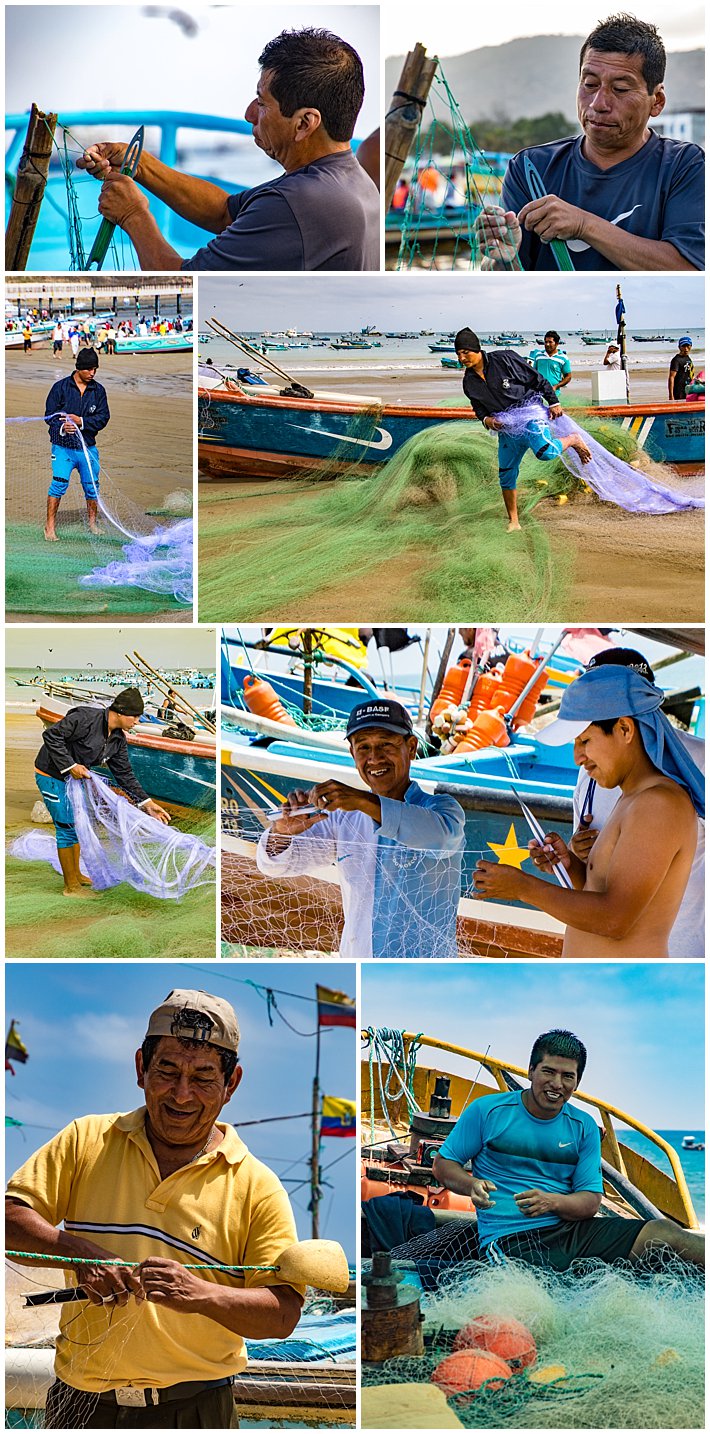
In the afternoon, after the fishing boats were all emptied, it was time to repair the nets. This is a daily effort, always trying to keep the nets in optimal condition. Also, any holes allow part of the catch to escape, which hurts the success of the fishing crew. This is hard work, but I never saw anyone grumbling. Instead, they use this time to mend the nets and socialize with friends. As hard as they work, they always seem to have a smile on their face, and a friendly wave and glance to a passing tourist.
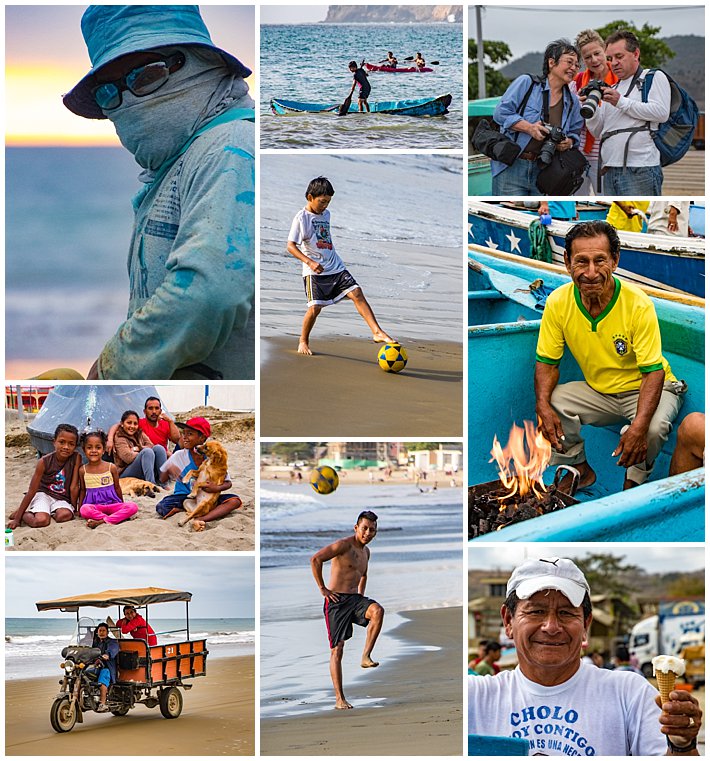
I will finish with a random collection of images from the coast. Kids playing soccer (or fútbol, as they call it here), ice cream vendors (delicious and made right there on the mobile cart!), a fisherman barbecuing in his wood boat, a boat repairman, families enjoying the beach and, of course, chimpers.
That completes this trip, but you can be sure we will be back for more in the future!
